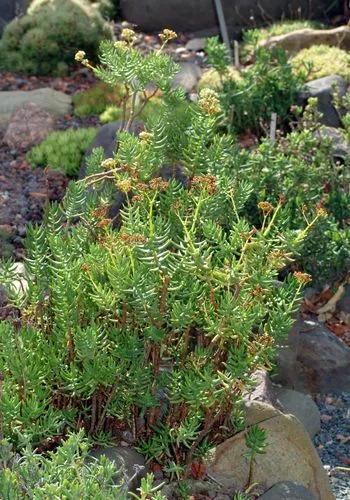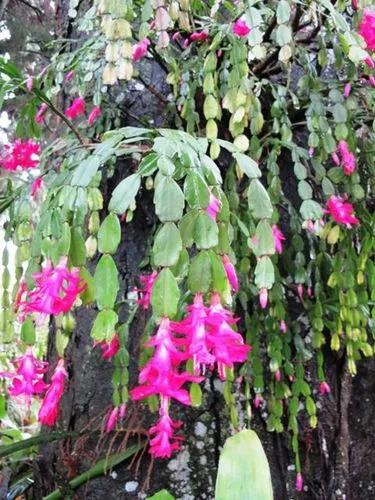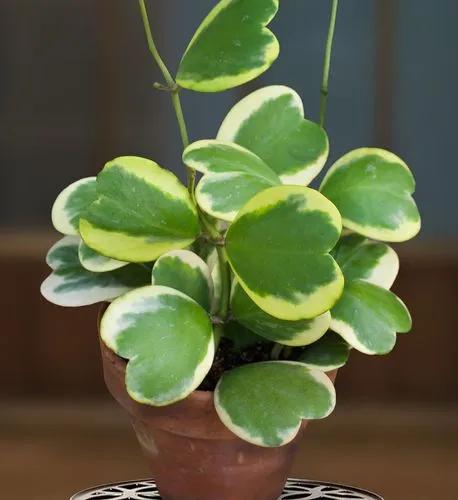Meet a fluffy cactus that blooms with an enchanting flower crown. Mammillaria crinita is a сatchy round-shaped succulent that has won the hearts of many plant lovers due to its unique appearance.
Pincushion Cactus Care
Mammillaria crinita



Commonly known as Pincushion Cactus, Mammillaria crinita is a prickly member of the Cactaceae family. This Cactus is native to Mexico, where it grows in warm and humid environments. Pincushion Cactus has a round shape and can grow up to 12 in (30 cm) in height. It can also reach up to 8 in (20 cm) in diameter. The plant is covered with hairlike radial spines, which give it a shaggy appearance. This Cactus produces enchanting blooms in summer that last around seven days. The funnel-shaped flowers consist of numerous elongated petals that are dark pink in color. The middle of the flower is garnished with pink stamens that are white at the tips. Pincushion Cactus has a unique blooming habit, forming a flower crown around its top.
How to Care for the Plant

Water

Give your prickly greenie a drink once a week during the hot summer months. Reduce hydration to once every 2-3 weeks in winter. It’s important not to waterlog the plant, as it leads to root rot.

Pruning

This plant is not usually pruned. The only exception is baby cacti, which can be cut with a sharp blade for propagation.

Fertilizer

It’s best to use a slow-release fertilizer to give Pincushion Cactus extra feeding. Apply nourishment in spring, summer, and fall, and avoid fertilizing in winter, as the plant goes dormant.

Sunlight

Pincushion Cactus enjoys full sun conditions. It’s best to keep it on a west-facing window to let the greenie receive around 6-8 hours of direct sunlight daily.

Soil

Well-draining, nutrient-rich soil is what Pincushion Cactus enjoys the most. It’s recommended to amend the soil drainage with sand or perlite or use a cacti-special potting mix with a 6-7 pH range.

Propagation

Using offsets is the most popular way to propagate Pincushion Cactus. Cut the baby Cactus at its base with a sharp knife and leave it for a day to let the callus emerge. Plant the offset in a narrow and shallow pot with a well-draining potting mix. Give the new plant a regular drink but avoid waterlogging it.

Temperature

Native to an area with a warm climate, Pincushion Cactus grows best under 60-85°F (15-29°C) temperature. It’s important to keep the plant away from droughts and not expose it to temperatures below 50℉ (15℃).

Container

Just like many cacti, Pincushion Cactus doesn’t need a big container, as the plant is not root bound. Opt for a pot made of terra cotta or unglazed clay that is a bit larger than the Cactus's root ball. The pot should have at least one drainage hole to allow excess water to flow out easily.

Fun fact

This plant has medical value. This Cactus species has anti-inflammatory properties, and it was used as a pain reliever. The Native American tribes used Pincushion Cactus to treat wounds, fever, and stomach issues.

Popularity

42 people already have this plant 13 people have added this plant to their wishlists

Common pests

Mealybugs, fungal gnats, spider mites, and scales can affect this Cactus species. In case you notice any affection signs like webbing or stunted growth, treat the plant with the insecticide.

Frequent diseases

Pincushion Cactus can fall victim to root rot coming from overwatering. It’s important to maintain an appropriate watering routine to avoid such issues. If the plant gets infected, it’s important to treat the roots with a fungicide and replant the Cactus in a fresh potting mix.

Botanist’s tips

Discover more plants with the list below
Popular articles






